Why a Daily Backpack ls Your Ultimate Life Organizer!
Mar 20, 2025
In today’s fiercely competitive backpack industry, a wide variety of backpacks have been designed to meet different needs. These include hiking backpacks for outdoor adventures, tote bags for shopping, cosmetic bags, school bags for students, specialized camera backpacks for journalists and photographers, and tool pouches worn on the waist by workers, among others.
Faced with such a dazzling array of backpacks, have you ever wondered if there is one type of backpack that could meet all your daily needs? The Daily Backpack might be the perfect choice for most people.
1. Hands-Free Convenience
Compared to tote bags or shoulder bags, a daily backpack evenly distributes weight, reducing the strain on your arms and shoulders. This makes commuting, shopping, or traveling more comfortable. Moreover, having your hands free means you can easily use your phone, grab documents, or handle unexpected situations.
2. Ample Space for Organization
Daily backpacks are typically designed with multiple compartments, allowing you to neatly organize items such as laptops, documents, chargers, water bottles, and cosmetics. This prevents clutter and makes it easy to find what you need. For students and office workers, a daily backpack can handle a variety of scenarios with ease.
3. Versatile and Stylish
Modern Daily Backpacks come in a wide range of styles, making them suitable for commuting, school, short trips, and even sports and fitness activities. They are truly versatile and can match any outfit or occasion.
4. Safety and Efficiency
Considering the diverse usage scenarios of daily backpacks, many designers equip them with anti-theft zippers, hidden pockets, and waterproof materials. These features effectively protect your valuables, especially when commuting in cities or traveling. Additionally, some high-end backpacks even come with USB charging ports, allowing you to charge your electronic devices anytime, anywhere, and enhancing the convenience of your journey.
For backpack suppliers, the market demand for Daily Backpacks is vast. For consumers, its multifunctionality makes it an indispensable companion in daily life. As a backpack manufacturer, Synberry always pays close attention to user needs and is committed to creating high-quality backpacks that are better suited for everyday use.
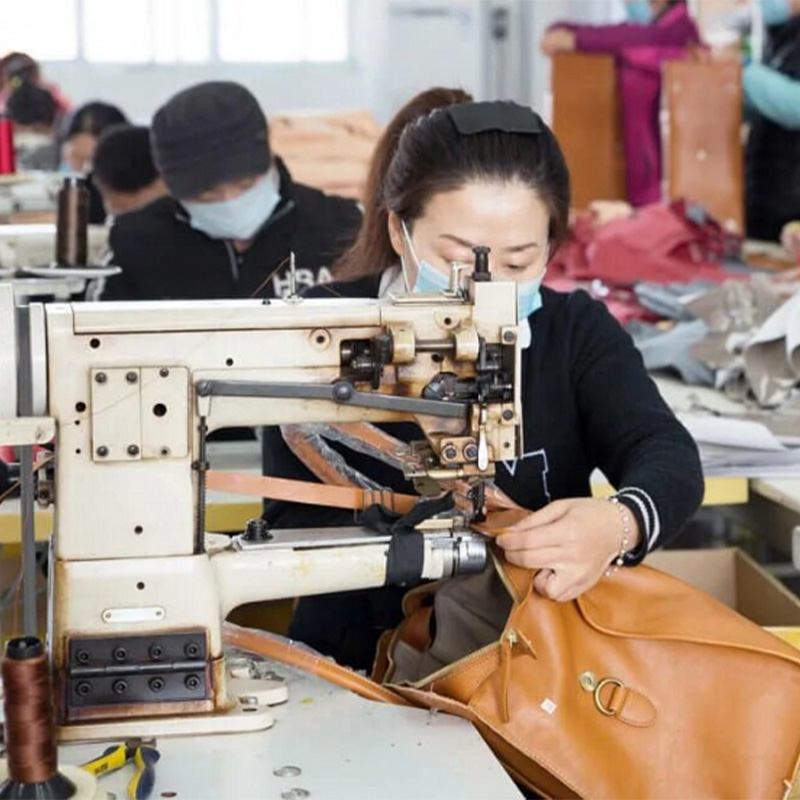
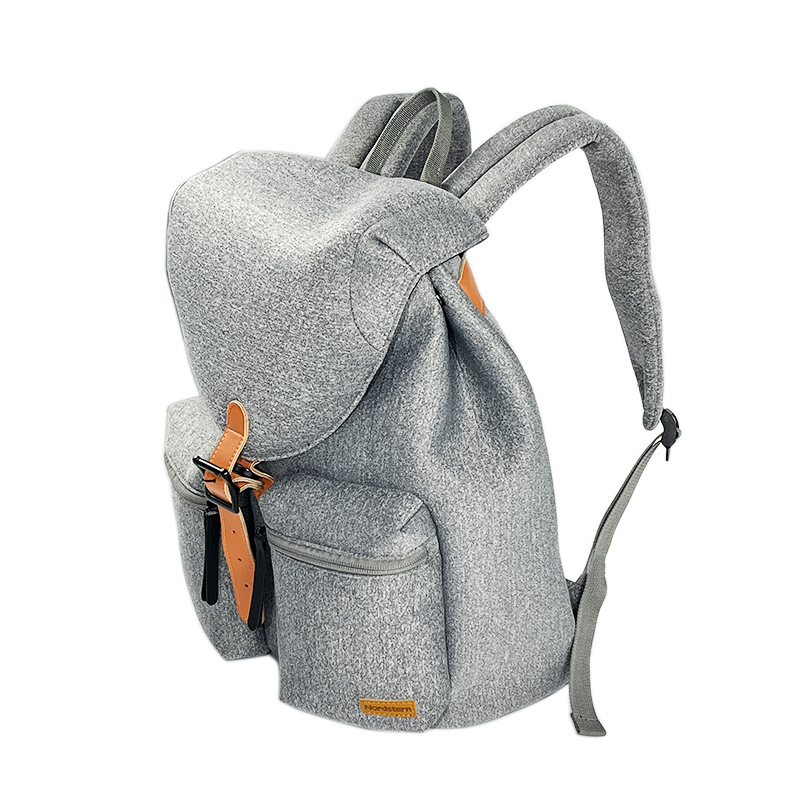
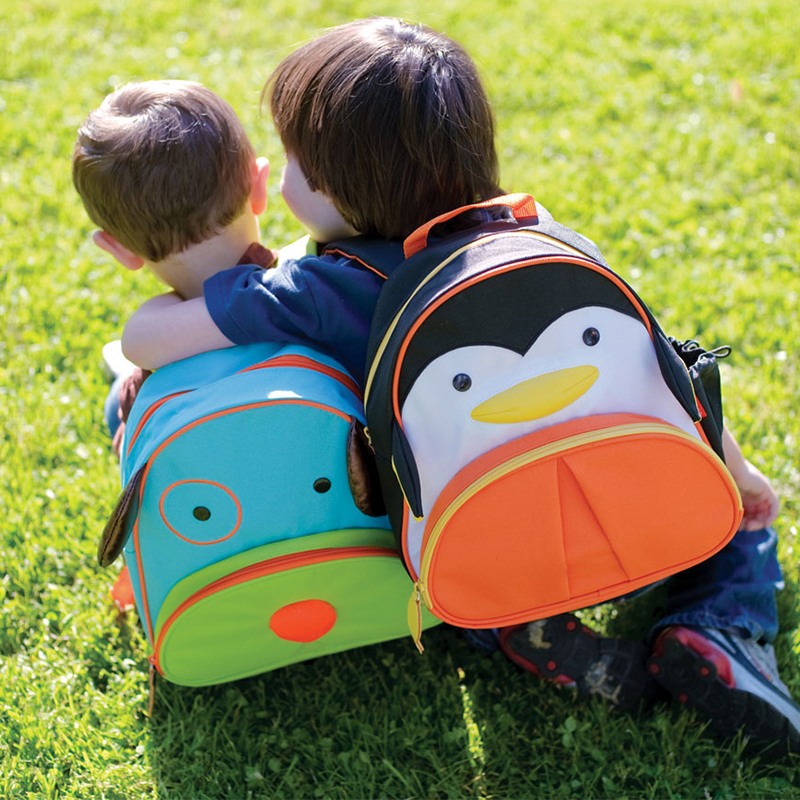
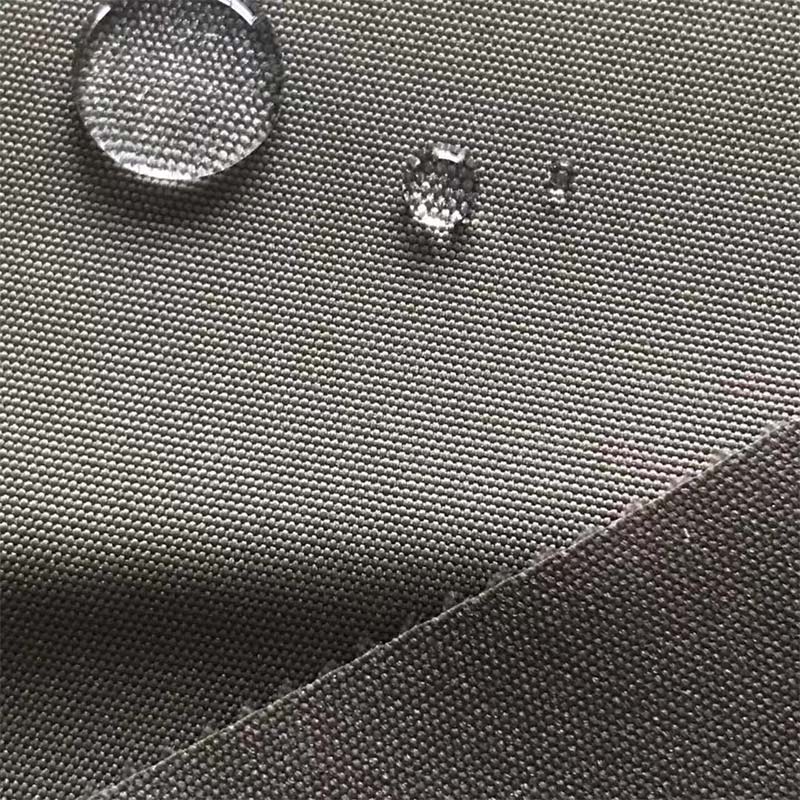
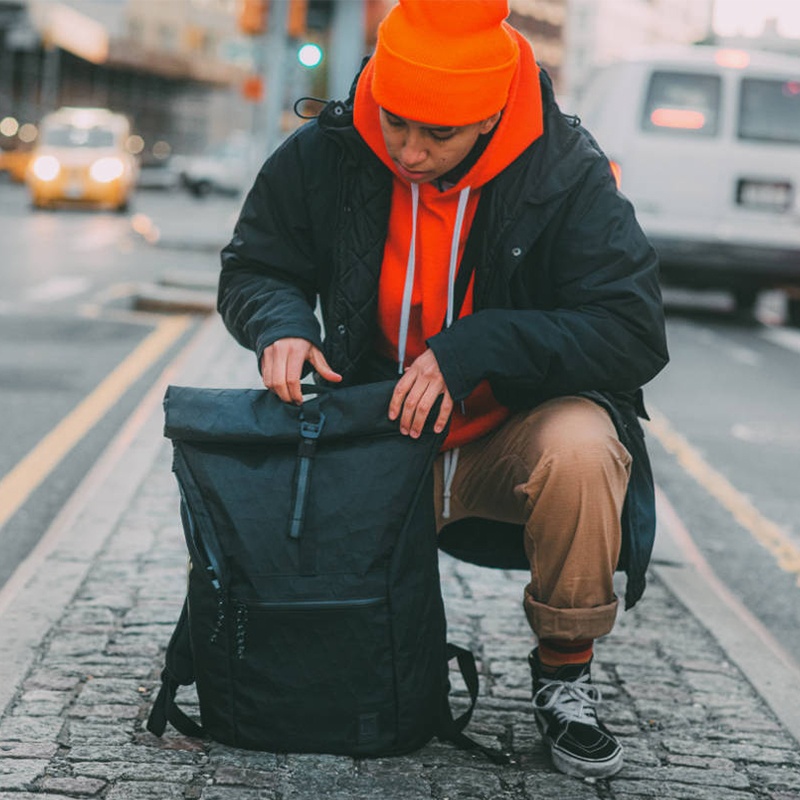
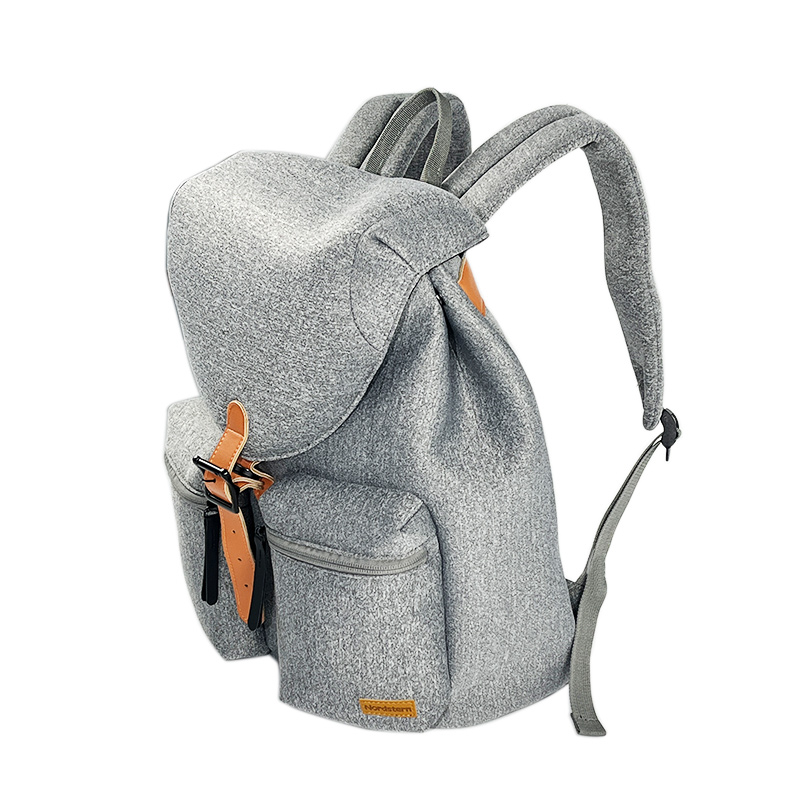
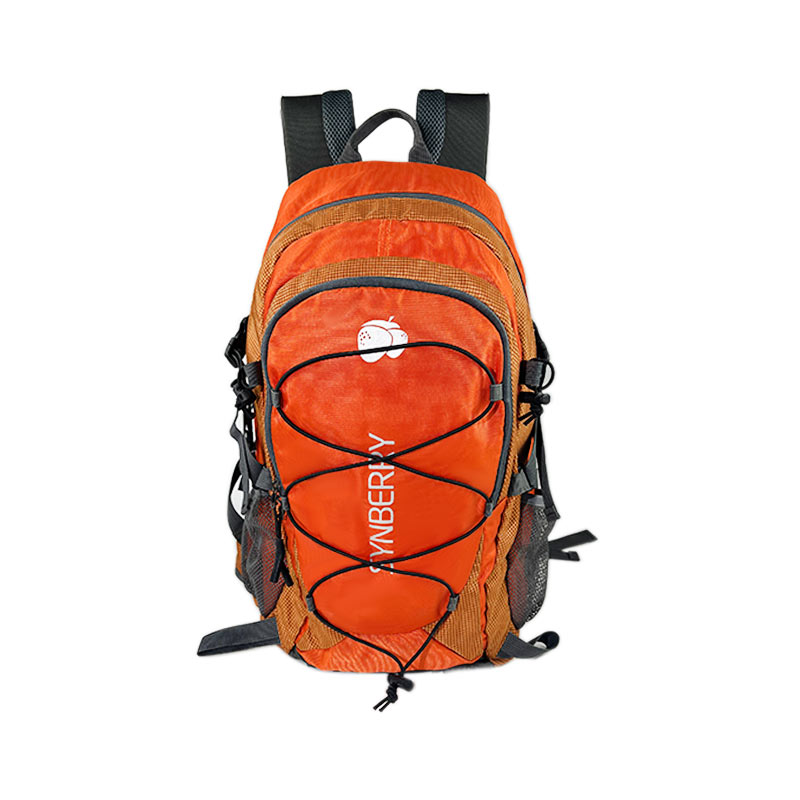
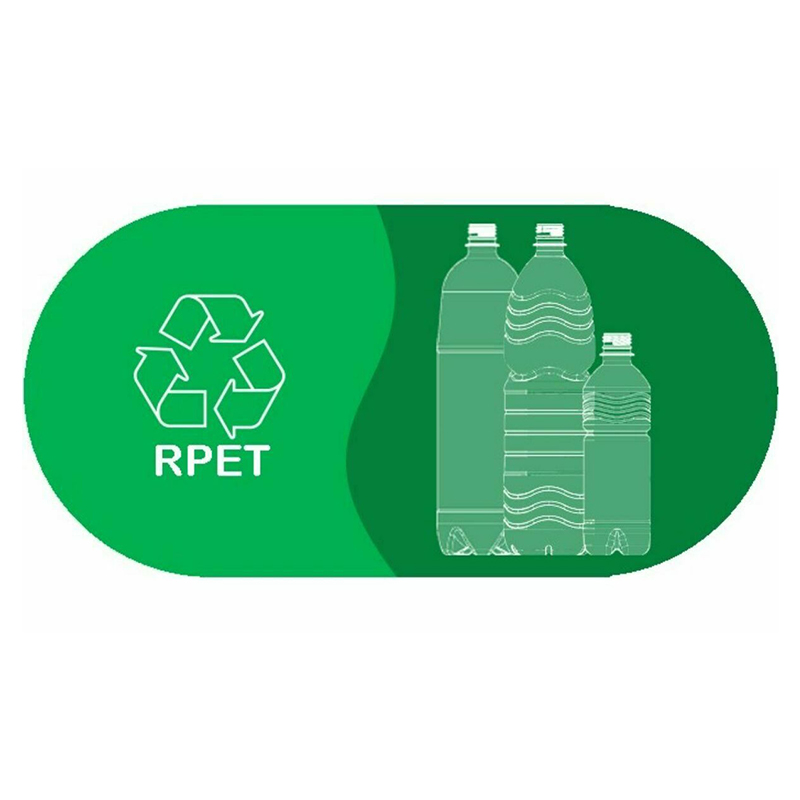
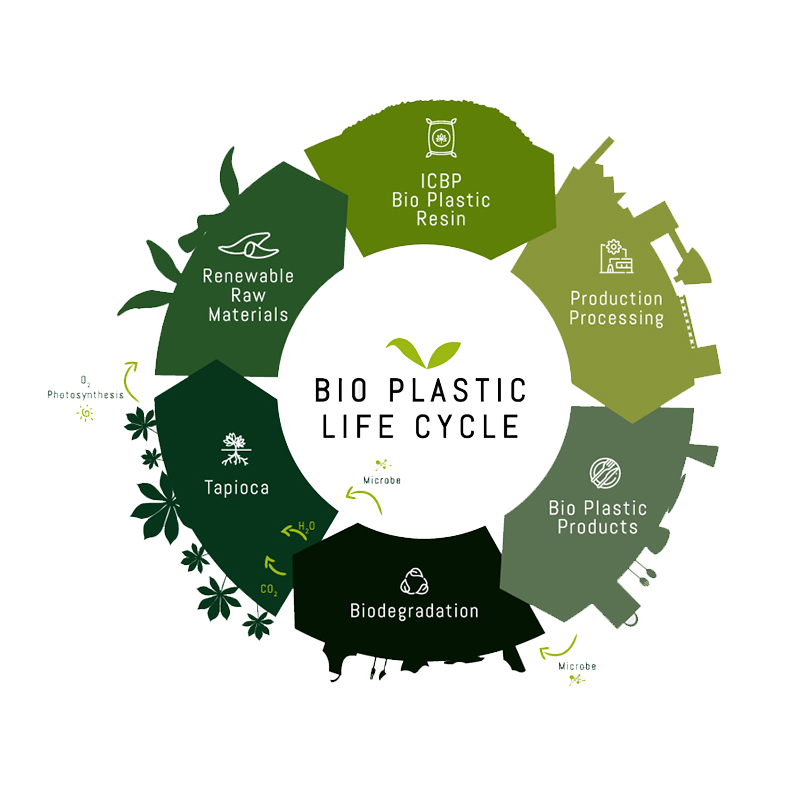
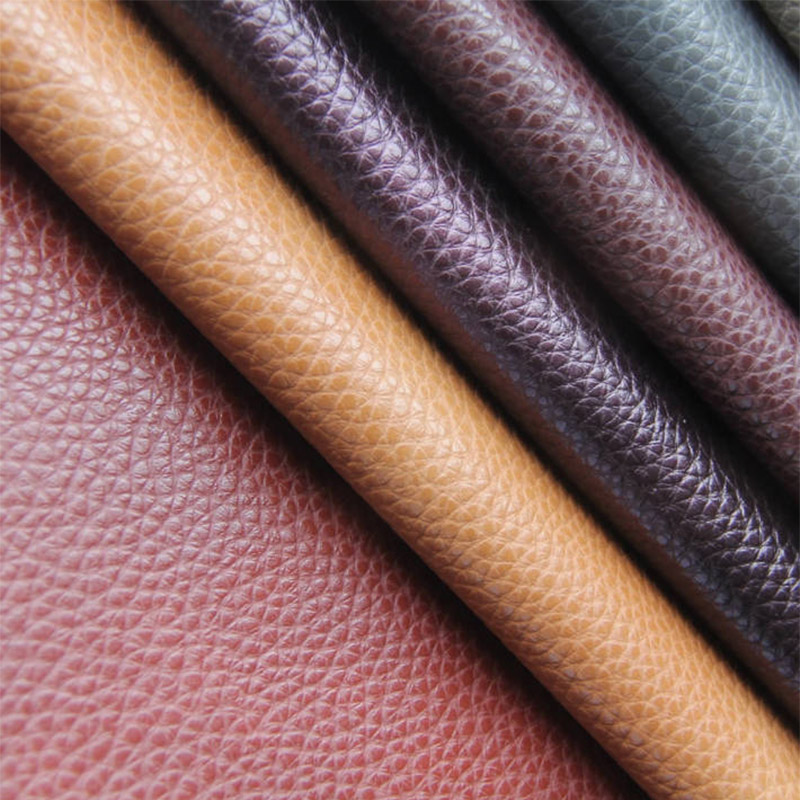
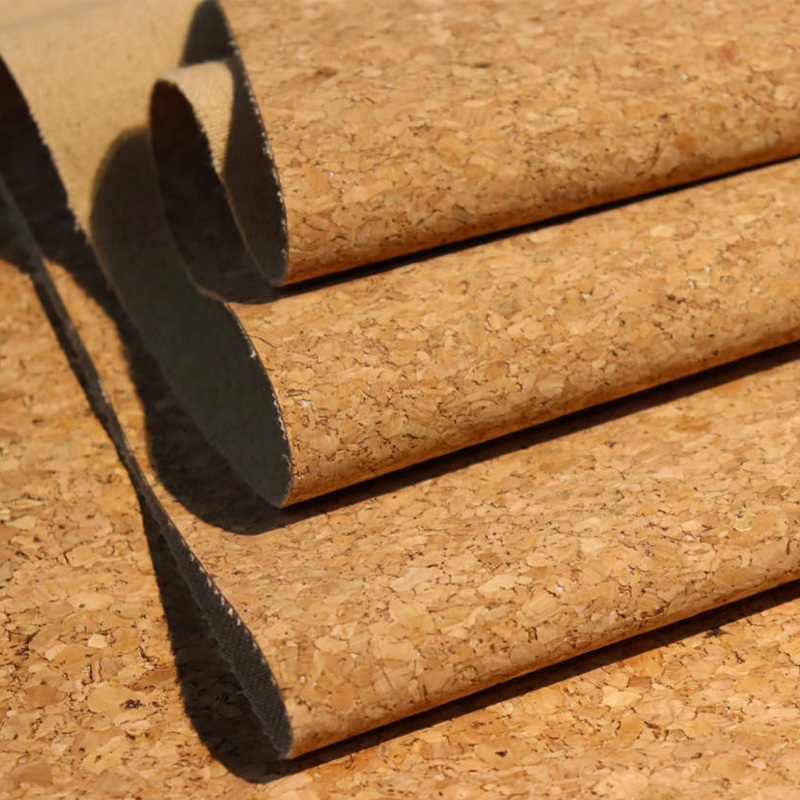
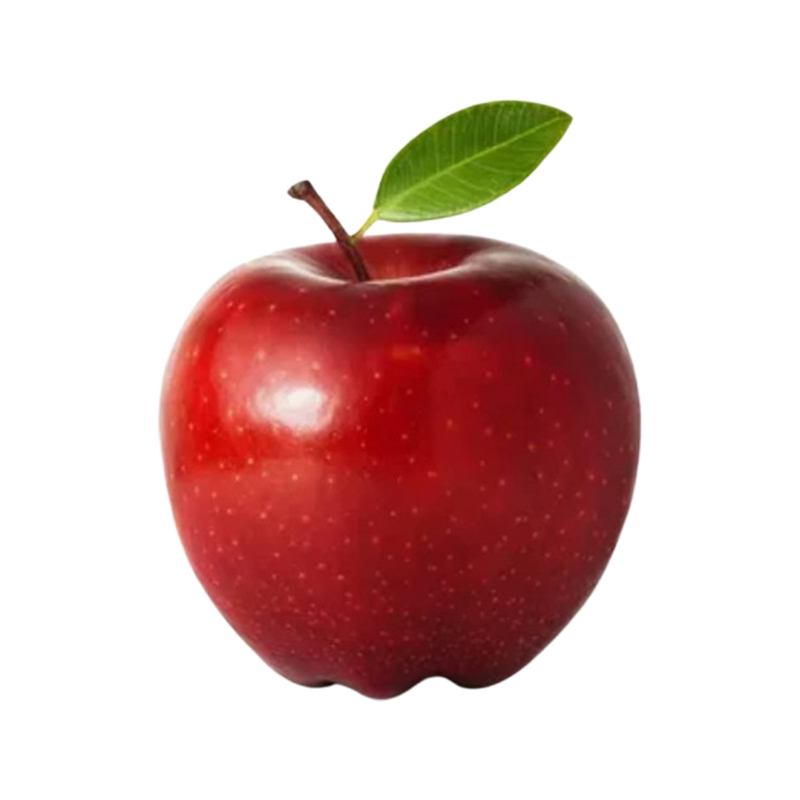
 Network Supported
Network Supported